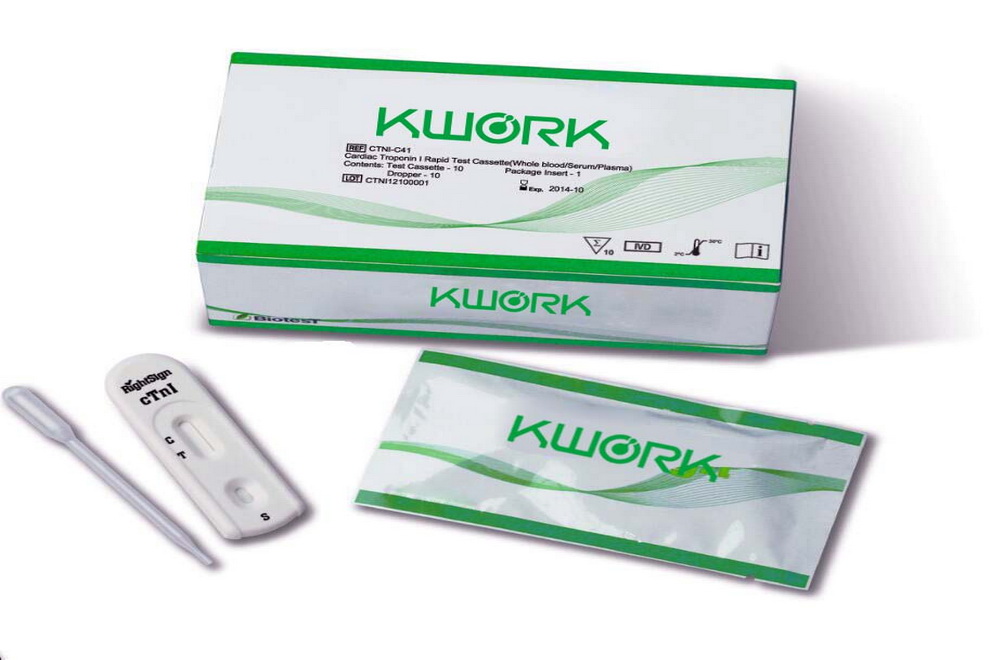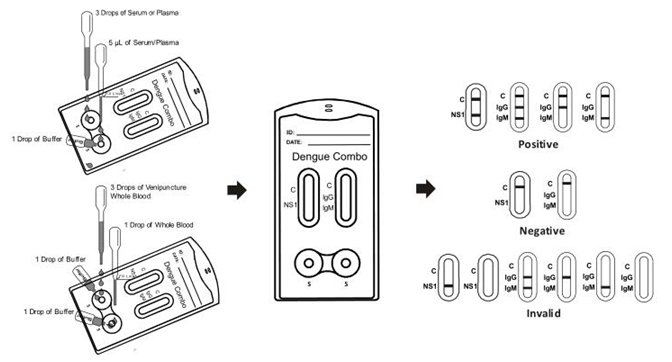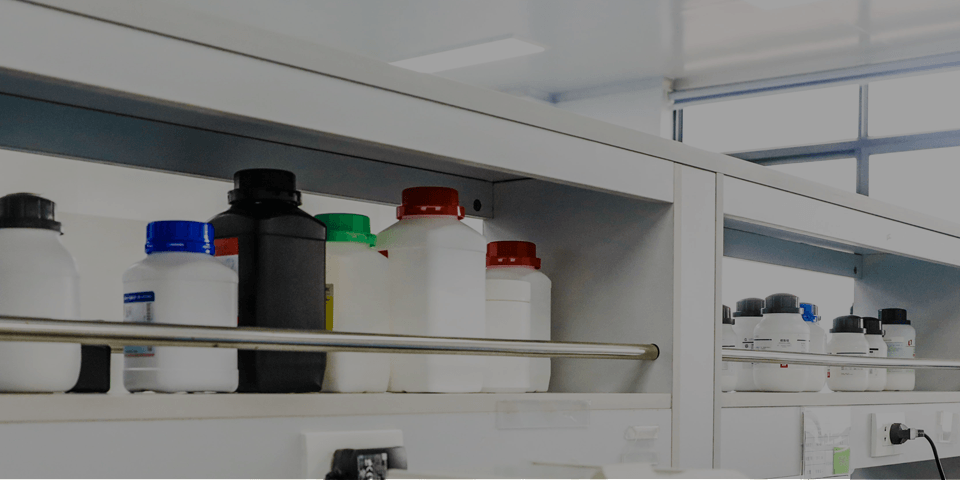
【SUMMARY】
Dengue is a flavivirus, transmitted by Aedes aegypti and Aedes albopictus
mosquitoes. It is widely distributed throughout the tropical and subtropical
areas of the world , and causes up to 100 million infections annually. Classic
Dengue infection is characterized by a sudden onset of fever, intense headache,
myalgia, arthralgia and rash. Primary Dengue infection causes IgM antibody to
increase to a detectable level in 3 to 5 days after the onset of fever. IgM
antibody generally persists for 30 to 90 days. Most Dengue patients in endemic
regions have secondary infections, resulting in high levels of specific IgG
antibody prior to or simultaneous with IgM response. Therefore, the detection
of specific anti-Dengue IgM and IgG antibodies can also help to distinguish
between primary and secondary infections.NS1 is one of 7 Dengue Virus
non-structural proteins which are thought to be involved in viral replication.
NS1 exists as a monomer in its immature form but is rapidly processed in the
endoplasmic reticulum to form a stable dimer. A small amount of NS1 remains
associated with intracellular organelles where it is thought to be involved in
viral replication. The rest of NS1 is found either associated with the plasma
membrane or secreted as a soluble hexadimer. NS1 is essential for viral
viability but its precise biological function is unknown. Antibodies raised in
response to NS1 in viral infection can cross react with cell surface antigens
on epithelial cells and platelets and this has been implicated in the
development of Dengue Hemorrhagic fever.
The Dengue IgG/IgM Rapid Test Cassette (Whole Blood/Serum/Plasma) is a rapid
test that utilizes a combination of Dengue antigen coated colored particles for
the detection of IgG and IgM Dengue antibodies in human whole blood, serum, or
plasma.
The Dengue NS1 Rapid Test Cassette (Whole Blood/Serum/Plasma) is a rapid test
that utilizes a combination of Dengue antibodies coated colored particles for
the detection of Dengue NS1 antigen in human whole blood, serum, or
plasma.
【DIRECTIONS
FOR USE】
Allow the test cassette, specimen, buffer and/or controls to
reach room temperature (15-30°C) prior to testing.
1. Bring the pouch to room temperature before opening it. Remove the test
cassette from the sealed pouch and use it within 1 hour.
2. Place the cassette on a clean and level surface.
* For Serum or Plasma specimen:
For NS1:
· Hold the dropper vertically and transfer 3 drops of serum or plasma
(approximately 75μl) to the specimen well, and start the timer. See
illustration below.
For IgG/IgM:
To use a dropper: Hold the dropper vertically, draw the specimen up to the Fill
Line (approximately 5 μl), and transfer the specimen to the specimen well of
the test cassette, then add 1 drop of buffer (approximately 40µl) and start the
timer. Avoid trapping air bubbles in the specimen well.
To use a micropipette: Pipette and dispense 5 µl of serum or plasma to the
specimen well of the test cassette, then add 1 drop of buffer (approximately 40
µl) and start the timer.
* For Whole Blood(Venipuncture/Fingerstick) specimen:
For NS1:
· To use a dropper: Hold the dropper vertically and transfer 3 drops of whole
blood (approximately 75 μL) to the specimen well, then add 1 drop of buffer
(approximately 40 μL) and start the timer. See illustration below.
· To use a capillary tube: Fill the capillary tube and transfer approximately
75 μL of fingerstick whole blood specimen to the specimen well of test
cassette, then add 1 drop of buffer (approximately 40 μL) and start the timer.
See illustration below.
· To use hanging drops: Allow 3 hanging drops of fingerstick whole blood
specimen (approximately 75 μL) to fall into the specimen area of test cassette,
then add 1 drop of buffer (approximately 40 μL) and start the timer. See
illustration below.
For IgG/IgM:
· To use a dropper: Hold the dropper vertically, draw the specimen above 1cm
above the Fill Line, and transfer 1 drop of whole blood (approximately 10 µl)
to the specimen well of the test cassette, then add 1 drop of buffer
(approximately 40 ul) and start the timer. See illustration below.
· To use a micropipette: Pipette and dispense 10 µl of whole blood to the
specimen well of the test cassette, then add 1 drop of buffer (approximately 40
µl) and start the timer. See illustration below.
3. Read the results at 10 minutes, do not interpret the results after 20
minutes.




